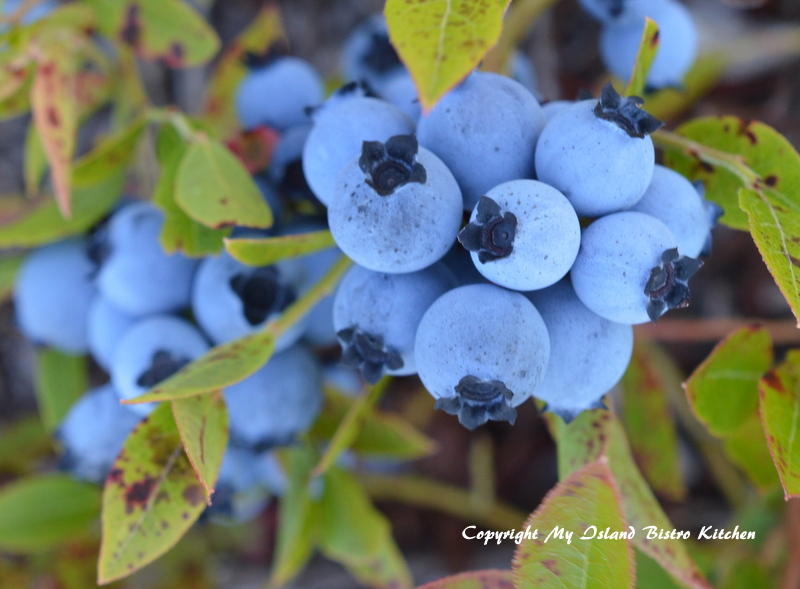
It’s late August and wild blueberry season on PEI. These wonderful little indigo-colored berries grow wild in certain parts of the Island – in particular, in the Tignish area in the Western part of the Province and in the Morell-St. Peter’s area in the Eastern end of PEI. While it may be wild blueberry season for most people, for the folks at PEI Juice Works Ltd. which produce wild blueberry juice, it’s wild blueberry season year-round. Today, I’m in Bloomfield, near Alberton, PEI, in the Western part of the Island, visiting the PEI Juice Works Ltd. production plant. My tour guide for the day is Ryan Bradley, Vice-President of Sales and Marketing.

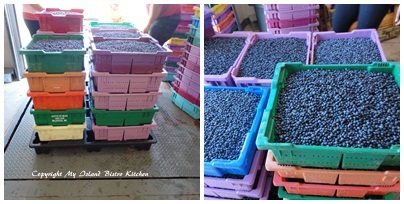
As I arrive mid-morning, a local farmer from Tignish, about a half hour away, has just arrived with a truckload of fresh wild blueberries for processing and is backed up to the loading dock unloading large containers of berries. One taste of these sweet little wild blueberries and there is no comparison to the larger cultivated ones that, while they have great presentation, I find so often lack flavour. No doubt about it, wild blueberries are tastier and sweeter than the cultivated high bush variety and, as an added bonus, they also have a much higher antioxidant profile.
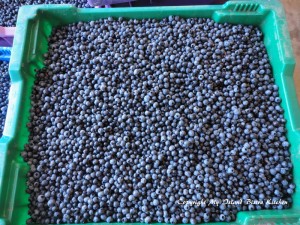
PEI Juice Works Ltd. began producing juice from wild blueberries just two years ago when four shareholders from the agricultural sector decided to do something with the wild blueberries growing in their area to add value to them other than shipping them as raw food to be used or processed into a product elsewhere. The production facility is located in the Bloomfield Industrial Park just outside Alberton and presently employs seven staff year-round. The company has worked closely with Bio Food Tech in Charlottetown to develop the proprietary process PEI Juice Works Ltd. uses and Ryan tells me that Bio Food Tech set up a small scale plant in their lab to test and help PEI Juice Works Ltd. get the best wild blueberry juice product possible. The food production industry is heavily regulated and food safety standards are strictly adhered to by PEI Juice Works Ltd. In fact, on my visit, I could only view their production facility from a window as only authorized personnel are allowed in the room where the juice is being produced.


Currently, the company produces two flavour blends of their signature wild blueberry juice – Wild Blueberry and Tart Cherry and Wild Blueberry and Rhubarb. Ryan tells me that their most popular flavour is Wild Blueberry and Tart Cherry (and it’s my favourite, too!). He tells me there is over one pound of wild blueberries in every 375ml bottle they produce and the product contains no preservatives – so it is the goodness of an all-natural product! When you think of how small the low bush wild blueberries are, that’s a lot of blueberries! Their product comes in one-size, a 375ml bottle, that has a two-year shelf life, unopened. After opening, the product will maintain its quality for about three weeks, refrigerated. Ryan tells me the juice can be drunk cold or at room temperature but he says the flavour will be more intense if it is consumed cold. PEI Juice Works Ltd. recommends a daily serving size of 2 oz/60ml of the wild blueberry juice which is about ¼ cup. Following this recommended serving, one 375 ml bottle will last you just about a week.
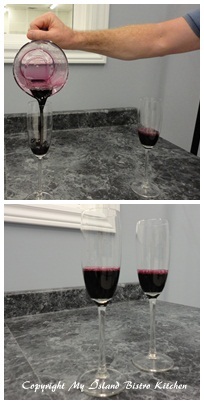
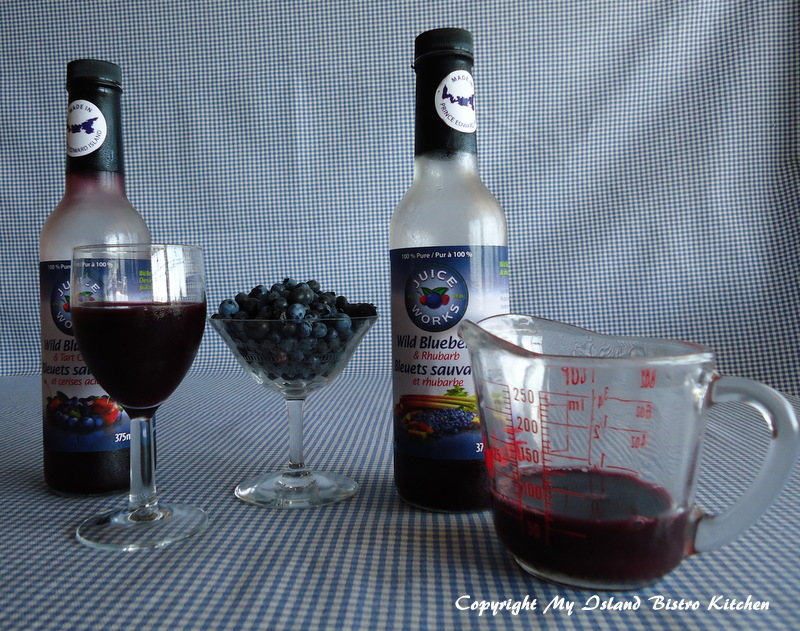

To the extent possible, PEI Juice Works Ltd. uses local product. In this way, it provides a ready market for local Island wild blueberry growers. In the off-season, PEI Juice Works Ltd. buys its supply of wild blueberries from a sorting facility to which local growers have sold their crops and where the berries have been quick frozen. So, how is wild blueberry juice made? Ryan tells me PEI Juice Works Ltd. uses an ancient European process that was originally developed by Mennonites in Eastern Europe over 100 years ago. This involves a heat process to break down the skin membrane of the wild blueberries that will release the dark, rich pigments that give the juice both its color and flavour. The solids are then separated and filtered out and the blending of other fruits – either the cherries or rhubarb – then occurs. For consumer safety, the product is pasteurized and bottled, hot, which gives it its two-year shelf life.
Currently, the juices are sold in all four Atlantic Provinces (check the “Where to Buy” section of the PEI Juice Works Ltd. website for locations in those areas) and the 375ml bottles retail for around $10. each. However, no worries if you are not in the Atlantic Provinces because, through FoodiePages, you can now order PEI Juice Works Ltd. products online. The company is currently exploring markets around the world and have participated in trade shows and trade missions at home and farther afield. In February, 2012, they attended a food show in Japan and, in March, were at the Canadian Health Products Show in Vancouver, BC. In September, they are travelling to China as part of the PEI Premier’s trade mission.
The farmer delivering the wild blueberry shipment to PEI Juice Works Ltd. on this day graciously agreed to allow me to follow him to his blueberry field to see how they harvest the crop because I think it is important to see where our foods come from and how they are harvested.
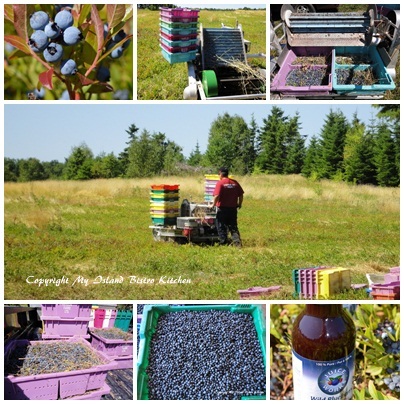
I learned a fact I did not know before and that is that a wild low bush blueberry field will only yield a maximum harvest every second year so the field they are harvesting today will not be harvested again until the year after next. Wild blueberries, of course, cannot be planted so are completely dependent on Mother Nature as to where the wild blueberry barrens are and the fruit they yield. I asked if, this year being a very dry year on the Island with very little rain, provided good growing conditions for wild blueberries. The farmer told me that it is not and he showed me some berries that, in fact, just dried up and did not yield useable fruit because of the dry conditions. Using the machine in the photograph above, the farmer can harvest over one acre of fruit per day. It is from this field that today’s production of PEI Juice Works Ltd. wild blueberry juice is being made. It doesn’t get any fresher than that!
In recent years, there have been a number of studies conducted around the world with regards to the health benefits of wild blueberries, often dubbed a superfruit, which have steadily been gaining a reputation for their health benefits. Wild blueberries are low in fat and sodium and provide a good source of fibre and both Vitamins C and K. While research and testing on the health benefits of wild blueberries continue on an ongoing basis, the berries and their products, such as wild blueberry juice, are reported to have positive health benefits. High in antioxidants, wild blueberry juice is reported to have properties that may improve cognitive function, lower blood pressure and cholesterol, reduce inflammation, inhibit urinary tract infections, and combat diseases like cancer, heart disease, stroke, and memory loss. There is even some research that suggests wild blueberry juice may slow the aging process! So, with the chances of improved memory and learning functions, slowing down the aging process, and combating a number of other diseases, what’s not to like about wild blueberry juice!
Visit the Juice Works website to find out more about their blueberry juice products.
While the wild blueberry juice is wonderful to drink on its own I decided to try some recipes using the juice as an ingredient. The first recipe is for Steamed Mussels with Blueberry Vinaigrette. You can find the recipe for this appetizer on the Saltscapes magazine website. Traditionally, on PEI, we serve steamed mussels with melted butter; however, this recipe sees the mussels drizzled with a blueberry vinaigrette which can also be used as a dressing on a green garden salad or on a watermelon, goat cheese, and basil salad. For the vinaigrette, I chose PEI Juice Works’ Wild Blueberry and Rhubarb Juice and I also used PEI-produced maple syrup. Adding the syrup gave the dressing a touch of sweetness and it paired well with the mussels in the appetizer and the watermelon in the salad.
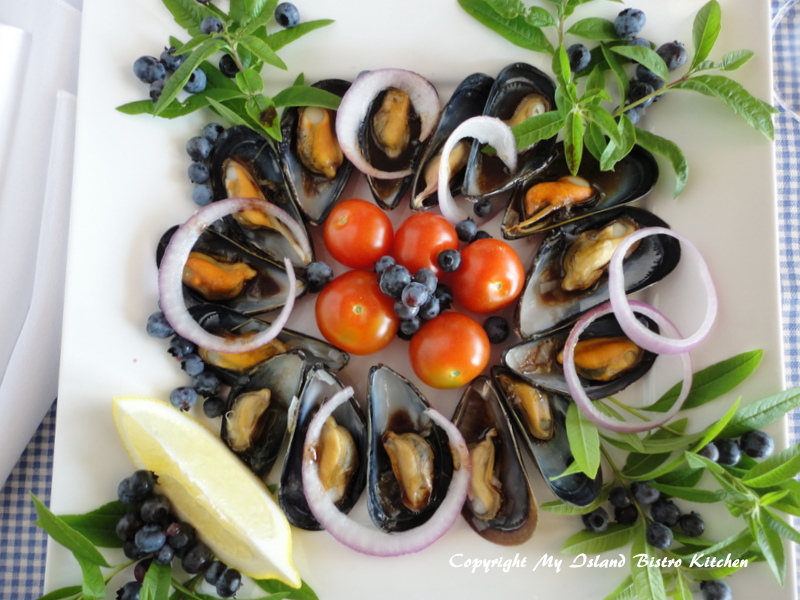

To make the watermelon, goat cheese, and basil salad, I simply cubed watermelon, added some crumbled goat cheese, red onion, and a sprinkle of fresh basil and parsley. Since we had a bumper crop of cherry tomatoes in our garden this year, I included some of those as well. Drizzled with a wild blueberry vinaigrette, this is a refreshing and colorful summer salad.
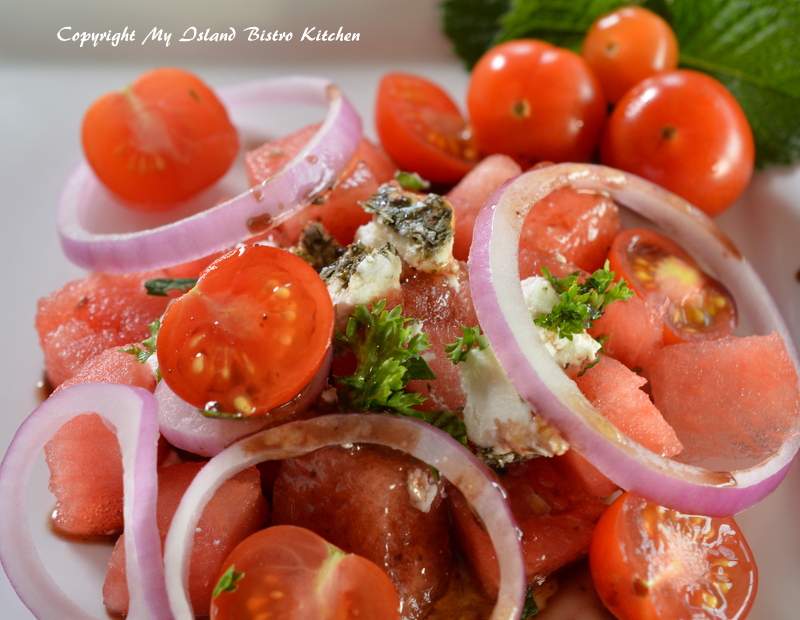
My third recipe is one I developed — a Blueberry Juice Sangria (recipe follows).
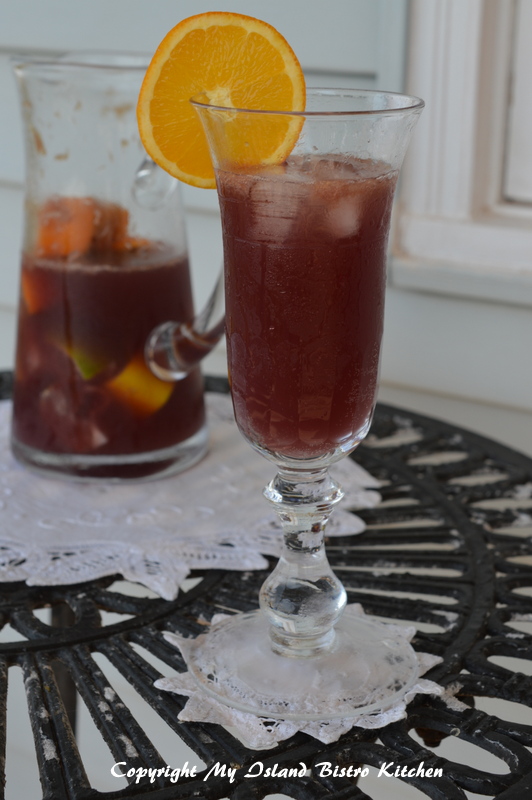
I hope you will try PEI Juice Works Ltd. wild blueberry juices. They are a tasty product, good for you, and made right here in Prince Edward Island. It’s a true flavour of the Island!
My Island Bistro Kitchen's Blueberry Sangria
By Published: August 29, 2012
- Yield: (3-4 Servings)
- Prep: 1 hr 30 mins
A refreshing drink made with PEI Juice Works' Wild Blueberry Juice
Ingredients
- 1 lime, quartered
- 1/2 lemon, quartered
- 1/2 orange, quartered
- 2 Tbsp blueberries (optional)
- 1 tsp sugar
- sprinkle fine sea salt
- 1/4 cup PEI Juice Works Wild Blueberry Juice
- 1/4 cup orange juice
- 1 tbsp brandy
- 3/4 cup white wine
- 1 355ml chilled lemon-lime soda
Instructions
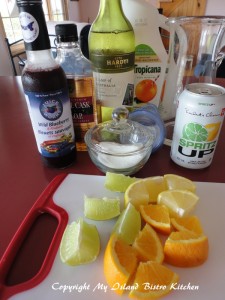 Assemble all ingredients.
Assemble all ingredients.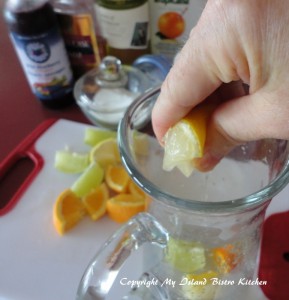 Chop lime, lemon, and orange into quarters. Into medium-sized glass pitcher, hand-squeeze fruit. Drop in the fruit. Add blueberries, if using.
Chop lime, lemon, and orange into quarters. Into medium-sized glass pitcher, hand-squeeze fruit. Drop in the fruit. Add blueberries, if using.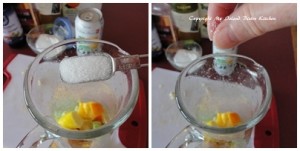 Add sugar and a small sprinkle of fine sea salt. Let sit, at room temperature, for about 30 minutes to release juices from the fruit.
Add sugar and a small sprinkle of fine sea salt. Let sit, at room temperature, for about 30 minutes to release juices from the fruit.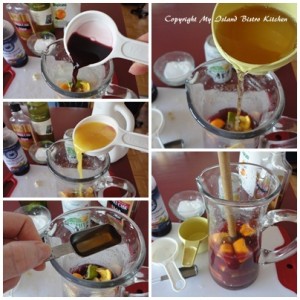 Add blueberry and orange juices, wine, and brandy. Stir. Refrigerate for at least 1 hour to chill.
Add blueberry and orange juices, wine, and brandy. Stir. Refrigerate for at least 1 hour to chill.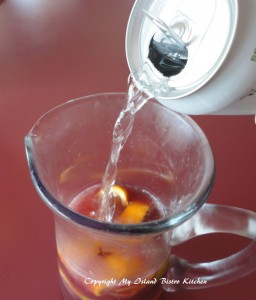 Add soda at time of serving.
Add soda at time of serving.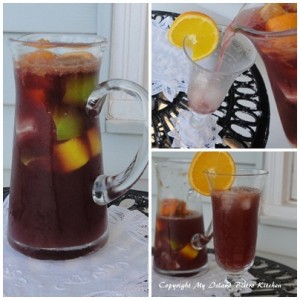 Serve chilled, over ice, in tall glasses and garnish with a slice of orange or lemon. Enjoy!
Serve chilled, over ice, in tall glasses and garnish with a slice of orange or lemon. Enjoy!
WordPress Recipe Plugin by ReciPress

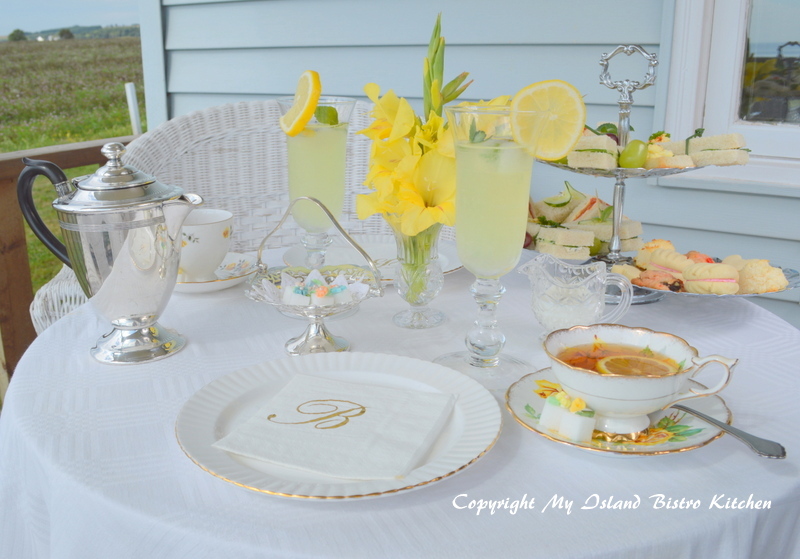
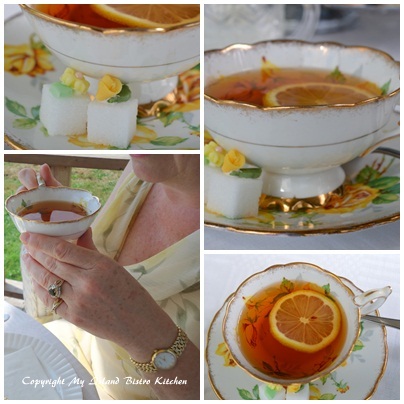


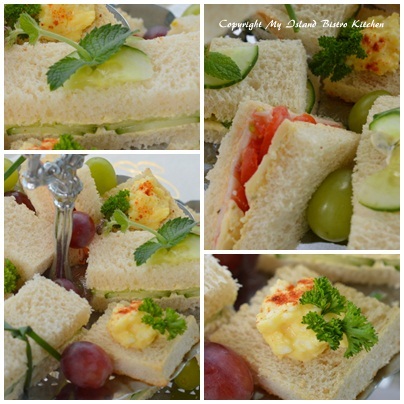
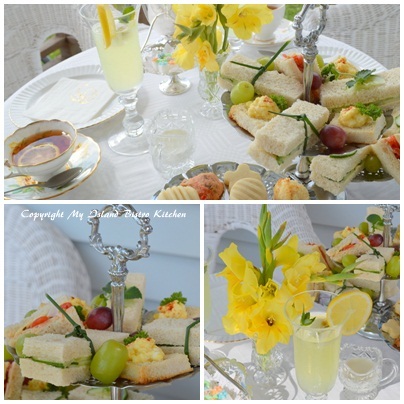
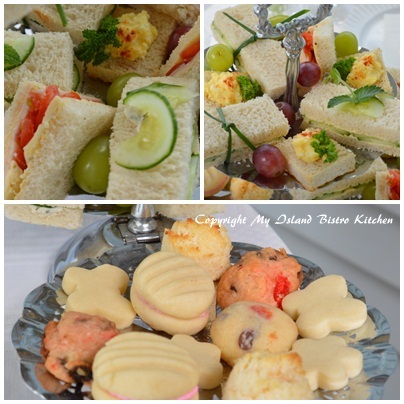
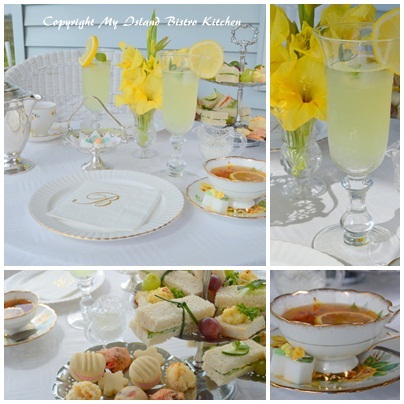
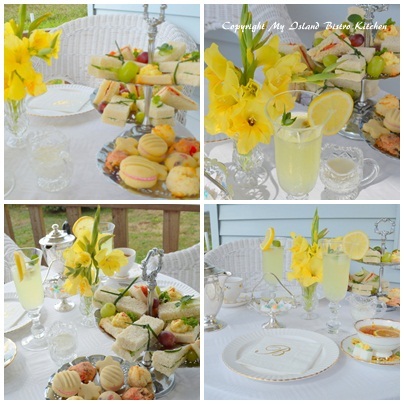
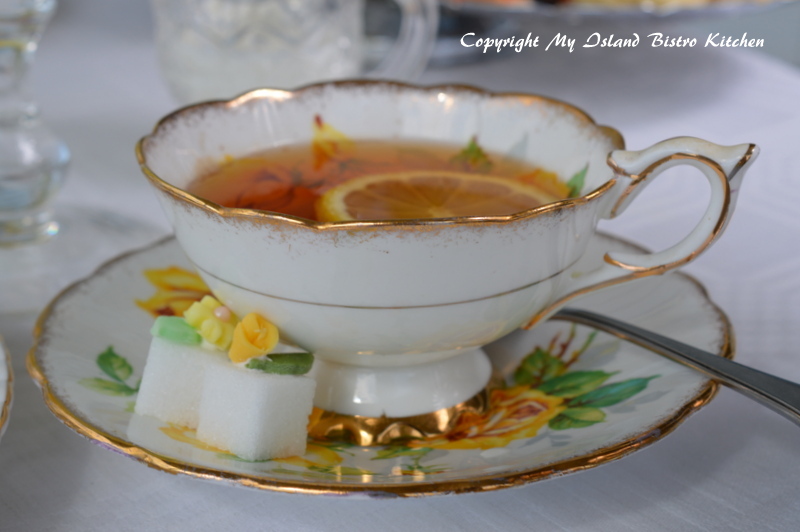
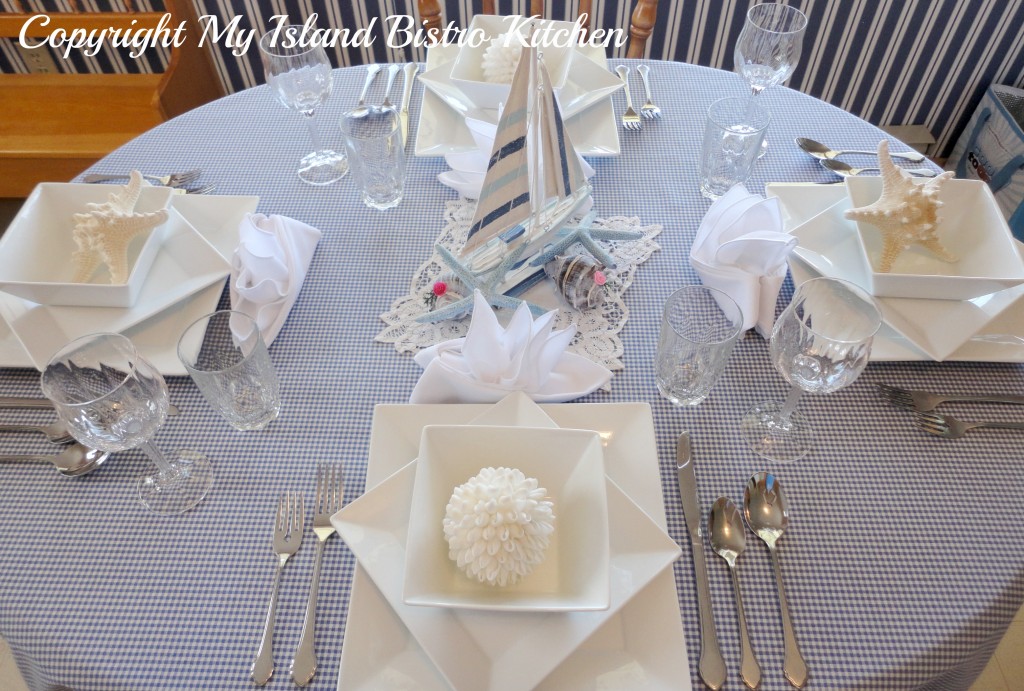
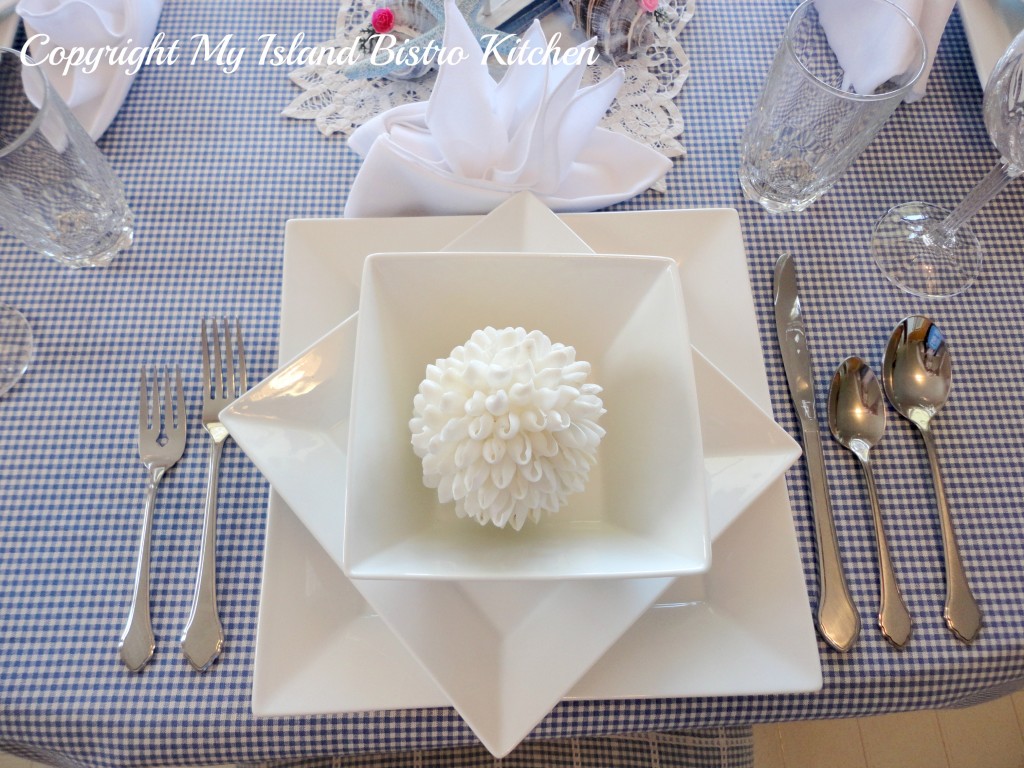
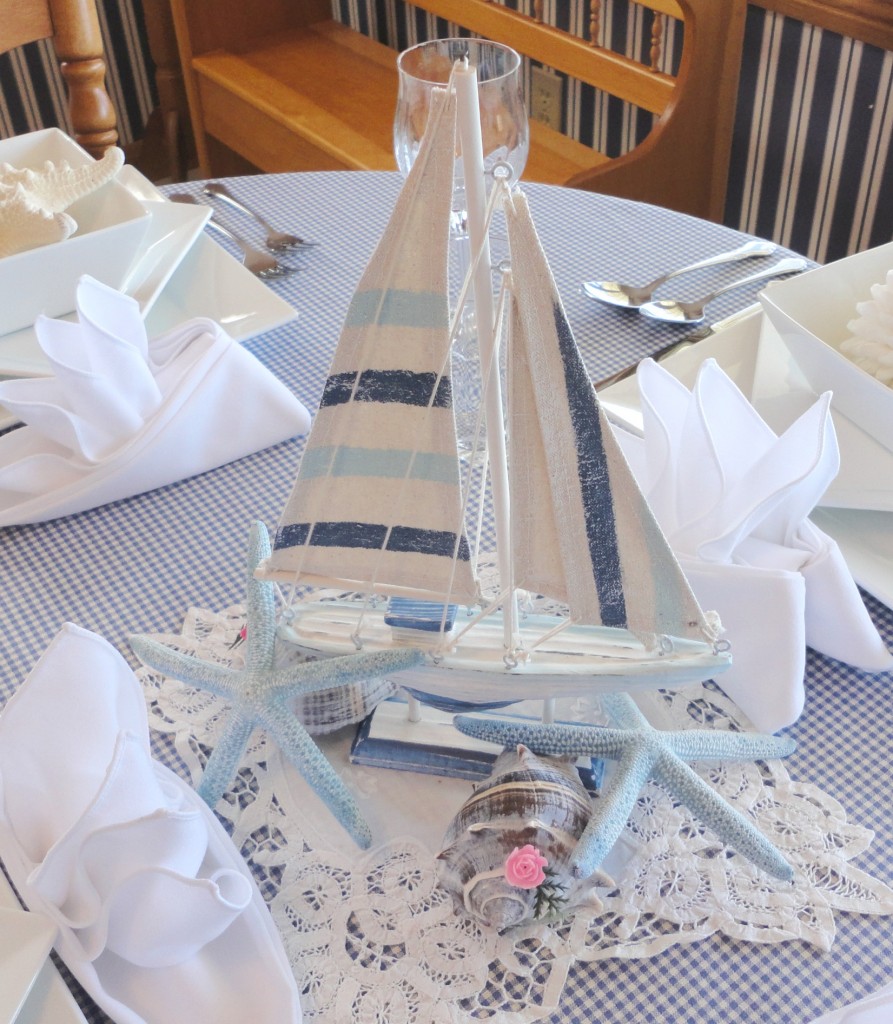


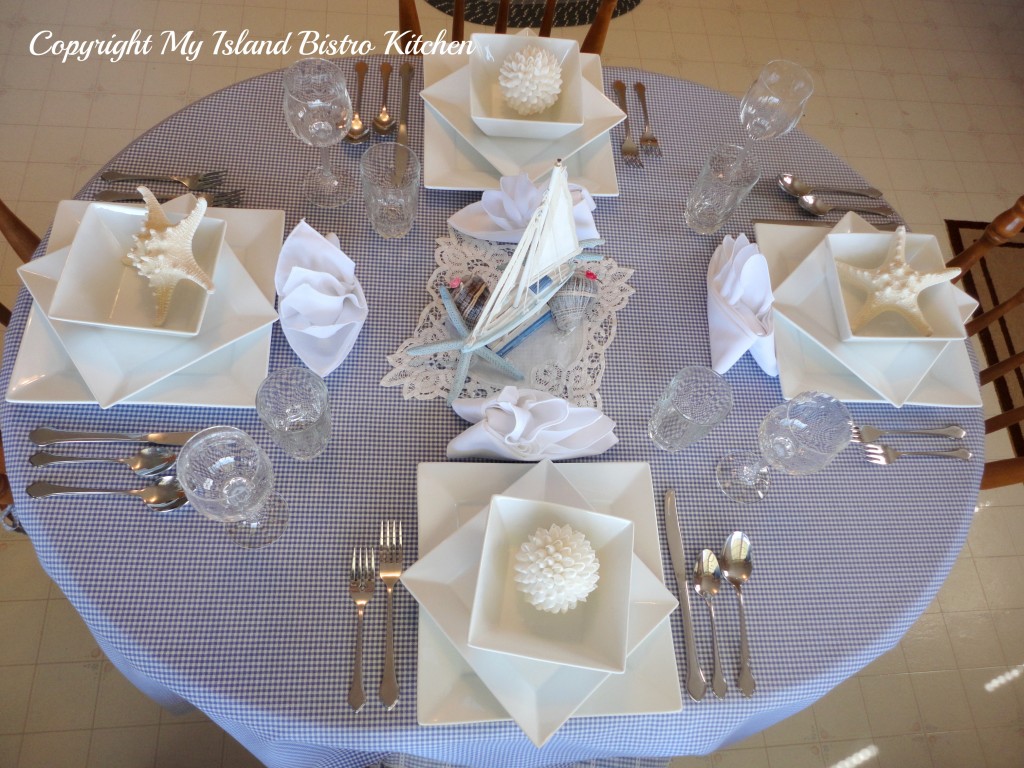


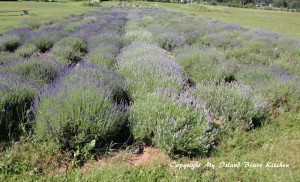
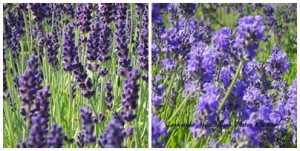
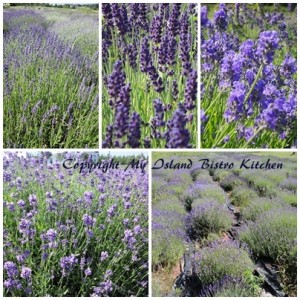

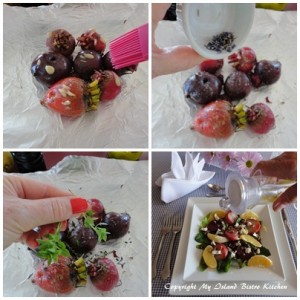
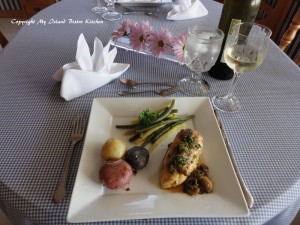
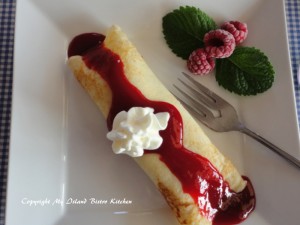
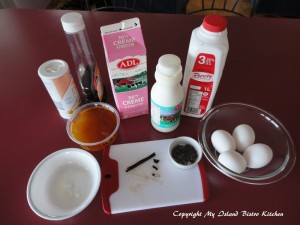 In double boiler, over medium heat, heat the whipping cream, half-and-half, milk, honey, sugar, lavender, and vanilla beans and pod. Stir occasionally and heat mixture until small bubbles start to appear around edge of mixture, about 10-12 minutes.
In double boiler, over medium heat, heat the whipping cream, half-and-half, milk, honey, sugar, lavender, and vanilla beans and pod. Stir occasionally and heat mixture until small bubbles start to appear around edge of mixture, about 10-12 minutes.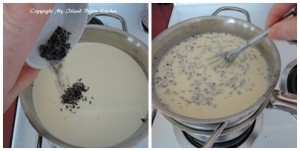 Remove from heat, cover, and let steep for 30 minutes to allow the lavender flavour to infuse the warm milk mixture.
Remove from heat, cover, and let steep for 30 minutes to allow the lavender flavour to infuse the warm milk mixture. Strain mixture through a fine mesh sieve into a clean bowl. Discard remains in sieve and return strained mixture to a clean double boiler and heat to the scalding point, stirring to prevent the mixture from curdling or sticking to the bottom of the pot.
Strain mixture through a fine mesh sieve into a clean bowl. Discard remains in sieve and return strained mixture to a clean double boiler and heat to the scalding point, stirring to prevent the mixture from curdling or sticking to the bottom of the pot.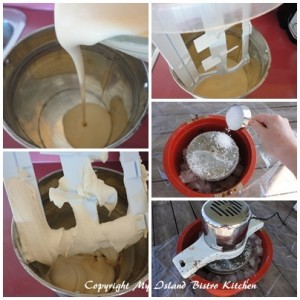 In a medium-sized bowl, whisk egg yolks and salt together. Whisk in vanilla. Add ¾ cup of the hot milk mixture to the eggs and whisk to blend. Pour this mixture into the custard in the double boiler. Cook over medium heat, stirring constantly until mixture thickens to consistency that it will coat the back of a wooden spoon. Do not boil. Be patient as this takes time.
In a medium-sized bowl, whisk egg yolks and salt together. Whisk in vanilla. Add ¾ cup of the hot milk mixture to the eggs and whisk to blend. Pour this mixture into the custard in the double boiler. Cook over medium heat, stirring constantly until mixture thickens to consistency that it will coat the back of a wooden spoon. Do not boil. Be patient as this takes time. Strain mixture through sieve into a clean bowl. Cool completely then chill, covered, in refrigerator for at least 3 hours or more (can be chilled up to 24 hours). Freeze custard in ice cream maker according to manufacturer’s directions. Transfer ice cream to an airtight container and place plastic wrap directly on the surface of the ice cream. Cover and place in freezer for at least 4-6 hours to harden completely.
Strain mixture through sieve into a clean bowl. Cool completely then chill, covered, in refrigerator for at least 3 hours or more (can be chilled up to 24 hours). Freeze custard in ice cream maker according to manufacturer’s directions. Transfer ice cream to an airtight container and place plastic wrap directly on the surface of the ice cream. Cover and place in freezer for at least 4-6 hours to harden completely.